on making 1 ton of cement how many clinker in ton needed

Raw material required for production of clinker, tonnes.
Comparing the recycled cement production with the clinker production, higher energy consumption (over 9000 MJ/t compared with roughly 4000 MJ/t for Portland cement) and lower carbon dioxide...
获取价格
进一步探索
Raw meal residue and clinker litre weight - Page 1 of 2RAW MEAL TO CLINKER RATIO -THEORY CALCULATIONCement Clinker Manufacturing Process with ReactionsOur 2050 Roadmap - The 5C Approach: Clinker - Cembureau(PDF) Cement and Clinker Production by Indirect ... -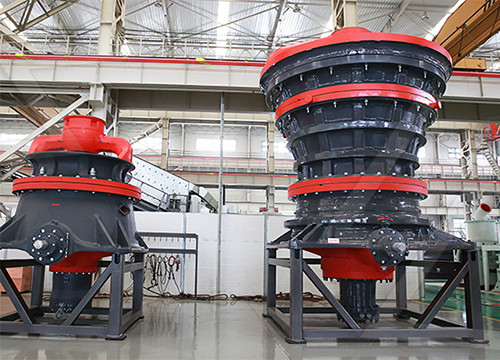
Clinker Production - an overview ScienceDirect Topics
The amount of cement and clinker production is increasing worldwide. The production and clinker capacity of countries in 2015 and 2016 are summarized in Table 1 [9]. China is
获取价格
进一步探索
Clinker capacity in selected countries worldwide 2022 Cement Manufacturing Process Phases Flow Chart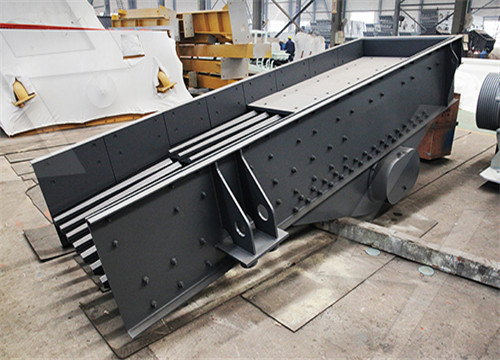
Cement clinker - Wikipedia
Cement clinker is a solid material produced in the manufacture of portland cement as an intermediary product. Clinker occurs as lumps or nodules, usually 3 millimetres (0.12 in) to 25 millimetres (0.98 in) in diameter. It is produced by sintering (fusing together without melting to the point of liquefaction) limestone and aluminosilicate materials such as clay during the cement kiln stage.
获取价格
Clinkerization - Cement Plant Optimization
Specific Power Consumption in kwh/ton-clinker. Specific Cooling Air in kg-air/kg-clinker. Specific brick Consumption in grams/ton-clinker. The
获取价格
U.S. Cement Industry Carbon Intensities (2019)
operating above the 50th percentile (i.e., those plants with intensities lower than 0.838 CO2 per ton of clinker or 0.776 CO2 per ton of cement) are operating at above average carbon performance and emit lower levels of CO2 per ton of clinker or cement than plants below the median. Plants operating at or below the 25th percentile emit
获取价格
How much clinker is used to make one ton of cement? - Answers
2023年9月22日 Cement, which is used in making concrete, is a mixture of marl and lime. Amount of cement used in the Hoover Dam? 5,000,000 barrels of cement were used to make the 4,300,000 cubic yards of ...
获取价格
Quora - A place to share knowledge and better understand the
We would like to show you a description here but the site won’t allow us.
获取价格
IOP Conference Series: Materials Science and Engineering
2022年4月23日 - about 330 kg CO2 are emitted from the combustion of fossil fuel for burning 1 ton of clinker. In total, 835 kg CO2 are produced per 1 ton of clinker. The CO2 emission indicator depends both on the ratio of clinker to cement and grinding techniques [5]. It should be noted that Portland cement is needed to produce concrete. By 2050,
获取价格
Emissions from the Cement Industry - State of the Planet
2012年5月9日 Cement manufacturing is highly energy- and emissions-intensive because of the extreme heat required to produce it. Producing a ton of cement requires 4.7 million BTU of energy, equivalent to about 400 pounds of coal, and generates nearly a ton of CO 2. Given its high emissions and critical importance to society, cement is an obvious place to ...
获取价格
Can concrete, a major CO2 emitter, be made greener? - PBS
2021年8月8日 After water, concrete is the most consumed substance on the planet and its production is expected to grow from 4.4 billion tons to 5.5 billion tons by 2050. But its production, which involves ...
获取价格
hydrogen - Cement industry news from Global Cement
2024年1月2日 Business Korea Daily News has reported that the signatories will collaborate on Hallett Group’s Green Cement Transformation project. The project aims to reduce CO 2 emissions by 300,000t/yr, and eventually by 1Mt/yr, by producing reduced-CO 2 cement from three industrial waste streams. It will also use green hydrogen.
获取价格
Calculating CO2 process emissions from Cement Production
1. cement production 2. clinker content of the cement 3. raw material content of the clinker The cement-based methodology was originally designed to monitor emissions from changes in the production process, such as adding pozzolans and other admixtures to Portland cement to reduce clinker content in the final product.
获取价格
ENERGY STAR Guide for the Cement Industry
consumption and raw material calcination dropped 24%, from 610 lb C/ton of cement (0.31 tC/tonne) to 469 lb C/ton cement (0.23 tC/tonne). Despite the historic progress, there is ample room for energy efficiency improvement. The share of wet-process plants decreased from 60% in 1970 to about 7% of clinker production in 2010 in the U.S. The ...
获取价格
Coal utilization in the cement and concrete industries
2023年1月1日 If 25 ton of coal with an ash content of 15% were required to produce 100 ton of clinker and we assume that 75% of the coal ash reports to the clinker, then the contribution of the coal ash to clinker constituents is: Coal ash reporting to clinker = 25 × 0.15 × 0.75 = 2.8 ton
获取价格
Energy Consumption Benchmark Guide: Cement Clinker Production
Canadian cement clinker production capacity is about 14.1 million tonnes per year. In 1998, clinker production totalled 12 million tonnes for a capacity use of 85 percent. With more than 1100 ready-mixed and other plants across the country using Portland cement to make concrete, the industry employs some 22 000 people and generates more than $3 ...
获取价格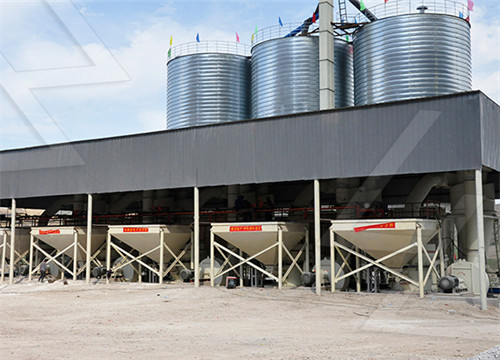
CEMENT RAW MATERIALS - International Cement Review
World production of cement rose steadily from 1995 to 2004 (Figure 4.1), increasing by almost 600 million tonnes during this period. It is estimated that cement production in 2004 was around 2,000 million tonnes. This is consistent with improving economic conditions and population growth in many parts of the world.
获取价格
Making concrete changes: why the cement and concrete
2023年10月4日 Indeed, the US produced around 95 million tons of cement in 2022 (2% of the global total), behind the 2.4 billion tons produced in China (55% of the global total), the 350 million tons produced in India (8%) and the 110 million tons produced in Vietnam (3%). So the opportunity for impact could be greater outside the US.
获取价格
Cement clinker - Wikipedia
Cement clinker is a solid material produced in the manufacture of portland cement as an intermediary product. Clinker occurs as lumps or nodules, usually 3 millimetres (0.12 in) to 25 millimetres (0.98 in) in diameter. ... The major raw material for the clinker-making is usually limestone mixed with a second material containing clay as a source ...
获取价格
Energy Consumption Benchmark Guide: Cement Clinker Production
Canadian cement clinker production capacity is about 14.1 million tonnes per year. In 1998, clinker production totalled 12 million tonnes for a capacity use of 85 percent. With more than 1100 ready-mixed and other plants across the country using Portland cement to make concrete, the industry employs some 22 000 people and generates more than $3 ...
获取价格
CEMENT RAW MATERIALS - International Cement Review
World production of cement rose steadily from 1995 to 2004 (Figure 4.1), increasing by almost 600 million tonnes during this period. It is estimated that cement production in 2004 was around 2,000 million tonnes. This is consistent with improving economic conditions and population growth in many parts of the world.
获取价格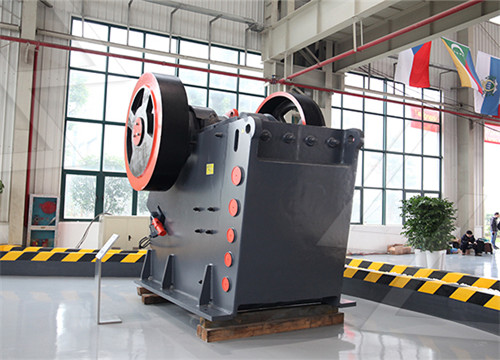
Making concrete changes: why the cement and concrete
2023年10月4日 Indeed, the US produced around 95 million tons of cement in 2022 (2% of the global total), behind the 2.4 billion tons produced in China (55% of the global total), the 350 million tons produced in India (8%) and the 110 million tons produced in Vietnam (3%). So the opportunity for impact could be greater outside the US.
获取价格
Cement clinker - Wikipedia
Cement clinker is a solid material produced in the manufacture of portland cement as an intermediary product. Clinker occurs as lumps or nodules, usually 3 millimetres (0.12 in) to 25 millimetres (0.98 in) in diameter. ... The major raw material for the clinker-making is usually limestone mixed with a second material containing clay as a source ...
获取价格
how much coal is required to produce 1 ton clinker in simsbury ...
United States Coal: ... or a little more than 1 ton of anthracite would be needed to produce the amount of heat in 1 ton of bituminous coal. Nox Control Technologies for the Cement Industry Final Report
获取价格
Reducing Environmental Impacts of Cement and Concrete
2010年8月30日 About 1.6 tons of these raw materials are required to make 1 ton of cement. In 2009, over 78 million tons (71 million metric tons or mmt) of portland cement were produced in the U.S., and 3 billion tons (2.8 billion metric tons) were produced in the rest of the world. That’s about 900 pounds (400 kg) of cement for every person on the
获取价格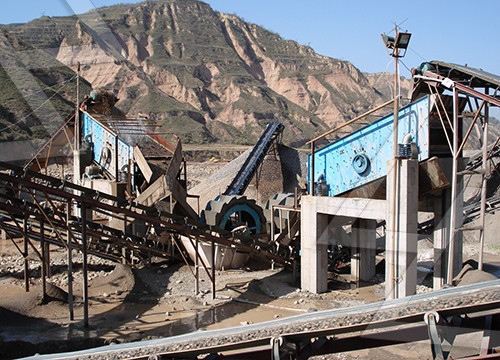
Cement carbon dioxide emissions quietly double in 20 years - Phys
2022年6月22日 In 2021, worldwide emissions from making cement for buildings, roads and other infrastructure hit nearly 2.9 billion tons (2.6 billion metric tons) of carbon dioxide, which is more than 7% of the ...
获取价格
Raw material required for production of clinker, tonnes.
RC paste (w/c = 0.5) with a compressive strength of 35 MPa at the age of 28 days can be achieved by producing the RC under 650 °C and a particle size range of 0–300 μm. Noticeably, compared to ...
获取价格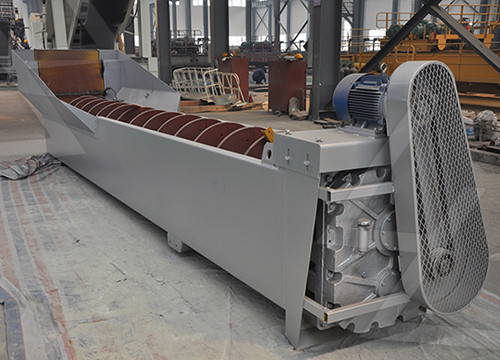
Cement Clinker Production - an overview ScienceDirect Topics
In 2020 world cement output was estimated at 4.2 billion ton (metric tons—Mt) ( USGS, 2021 ). Of the world’s production in 2020 China represents 52.4% with India reaching 8.1% of the world’s production. In 2020 the United States produced 2.2% of world production and notable Vietnam reached 2.3% (refer Fig. 18.1 ).
获取价格
Thermal energy consumption and its conservation for a cement
2020年6月24日 Approximately, the process needs 3.2–6.3 GJ amount of energy and near about 1.7 tons of raw materials (mainly limestone) per ton of the clinker generated . Being an energy-intensive industry (cement production), the demand for thermal energy can be approximately about 20–25% of the total cement production cost [ 11 ].
获取价格
Cement kiln dust - ScienceDirect
2022年1月1日 About 1.5 tons of raw materials are used to produce 1 ton of clinker. After the extraction, grinding, and homogenization of raw materials, the process of calcination of calcium carbonate takes place. ... It is predicted that 850–1600 kcal/kg of energy is needed in various cement manufacturing processes (CPAI, 2004). However, ...
获取价格
ICESE2019045 - IOPscience
1. Introduction. Cement is widely regarded as one of the most important building materials available to man, and concrete, which is primarily composed of cement, is classified as one of the most universally utilized materials on earth [1, 2]. The buildings sector is classified as the third largest CO2 emitting institution worldwide [3, 4], with ...
获取价格
cement, concrete - World Coal Association - EnergyBC
Over 3.3 billion tonnes of cement were consumed globally in 2010. This is 22% more than in 2007. China's cement consumption alone reached over 1.8 billion tonnes, or 38% more than in 2007. What is Cement? Cement is made from a mixture of calcium carbonate (generally in the form of limestone), silica, iron oxide and alumina.
获取价格